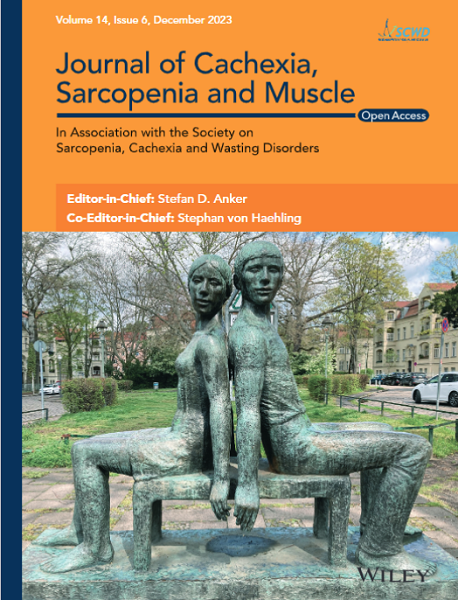Characterization of Muscle Tissue Cell Diversity and Clinical Implications in Idiopathic Inflammatory Myopathy
Abstract
Background
Idiopathic inflammatory myopathies (IIMs) exhibit diverse cellular microenvironments in muscle tissues, yet the full spectrum of cell populations and changes remains unclear. This study aimed to characterize cellular heterogeneity, explore cell–cell interactions and assess the prognostic value of cell subtype abundances across IIM subtypes in Han Chinese.
Methods
Muscle samples from six IIMs and three normal controls (NC) underwent single-cell RNA sequencing (scRNA-seq), whereas bulk RNA sequencing was performed on 203 IIMs and 19 NC. To avoid potential biases in cell proportion data from scRNA-seq, we used CIBERSORTx, a robust deconvolution method, to estimate cell subtype abundances in the large IIMs cohort. Cell–cell interaction, correlation and survival analysis were performed to investigate associations between cell subtypes, clinical features and disease progression.
Results
We identified 10 T/NK cell types, eight monocyte/macrophage/dendritic cell types, 10 vascular-related cell types and four skeletal muscle cell types in IIM muscle tissues, with varying abundances across subgroups. Increased ISGhi T cells (1.42% vs. 0.075% in NC) and ISGhi monocytes (4.24% vs. 0% in NC) in dermatomyositis (DM), particularly in anti-MDA5 and anti-NXP2 patients, correlated with skin rashes and higher relapse rates. CD56dimCD16dimNK cells, exhibiting the highest cytotoxicity, were elevated most in anti-SRP (11.93% vs. 8.15% in NC) immune-mediated necrotizing myopathy (IMNM) and associated with severe muscle damage (p = 0.0001, rho = 0.267). Reduced angiogenesis-related SERPINB2+ monocytes (37.12% vs. 46.69% in NC) predicted better outcomes in IMNM (p = 0.006, HR = 0.264), whereas decreased HIF3A+CECs (14.29% in DM vs. 16.95% in NC), essential for endothelial barrier maintenance, negatively correlated with myofiber necrosis (p = 0.016, rho = −0.168) and were predictive of improved outcomes in DM (p = 0.014, HR = 0.412). Elevated endothelial-like pericytes in antisynthetase syndrome (ASS, 55.34% vs. 50.02% in NC) and IMNM (54.42%) were linked to muscle damage (p < 0.0001, rho = 0.272). Certain key pathways, such as angiogenesis-related pathways, were linked to better outcomes in DM (p = 0.002, HR = 0.405), whereas increased cytotoxicity scores, cell chemotaxis and regulation of inflammatory response were associated with a higher risk of relapse in both DM and IMNM. We also observed a reduction in Type I muscle fibres (22.66% in ASS vs. 66.68% in NC) that express MIF and MHC class I molecules and show extensive interactions with inflammatory cells via MIF-CD74 ligand–receptor signalling.
Conclusions
Our findings reveal significant shifts in cell subpopulations within IIM muscle tissues, which may contribute to muscle damage and influence disease outcomes.


 求助内容:
求助内容: 应助结果提醒方式:
应助结果提醒方式:


